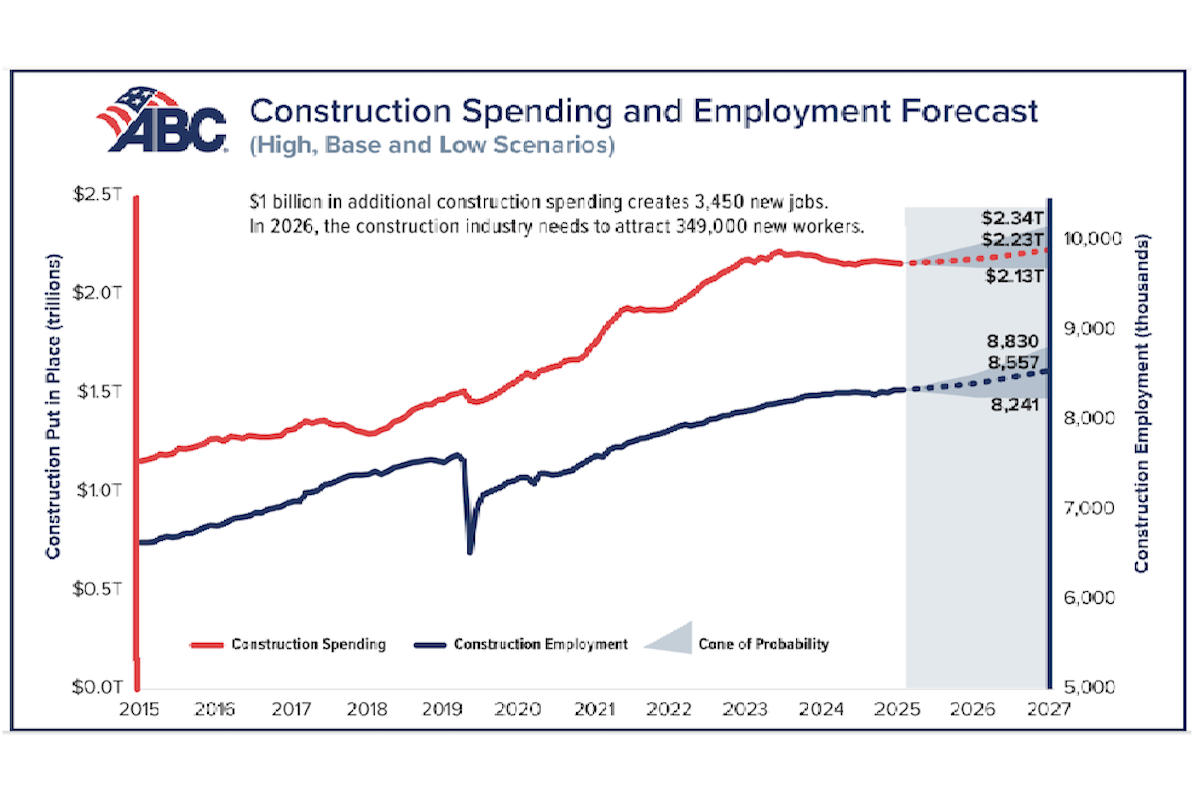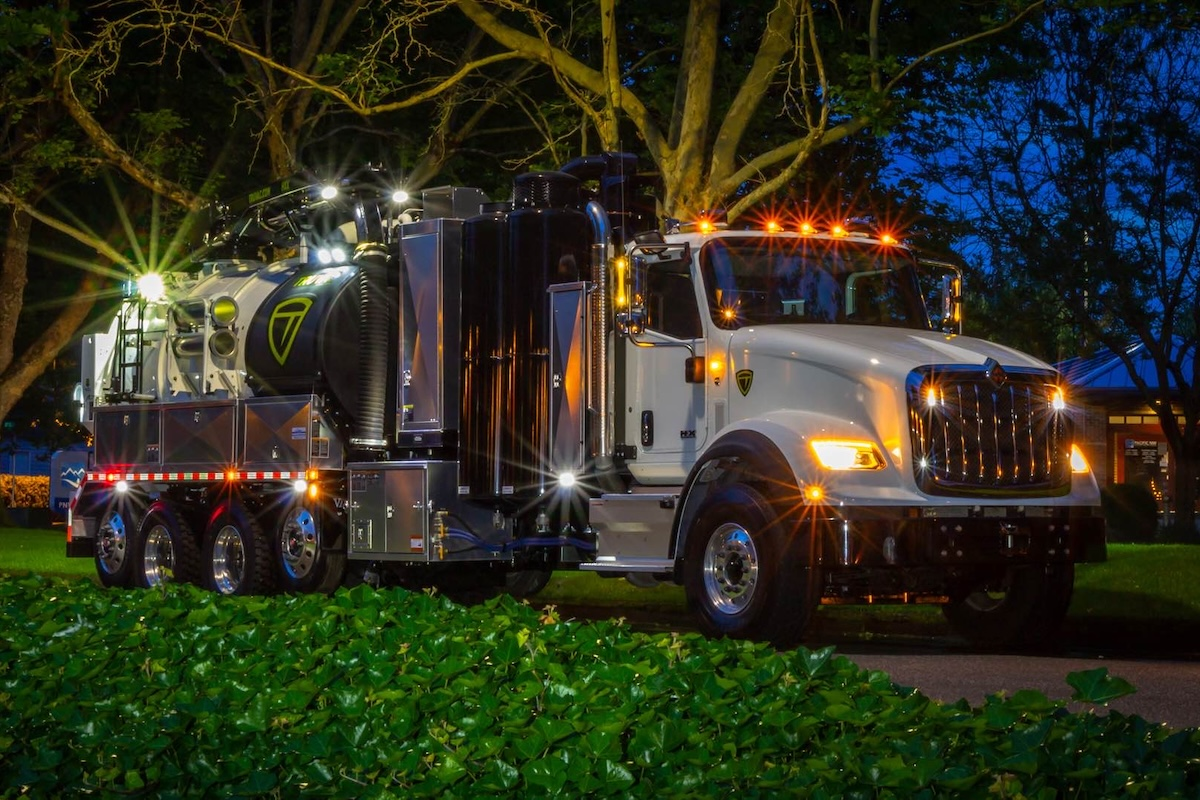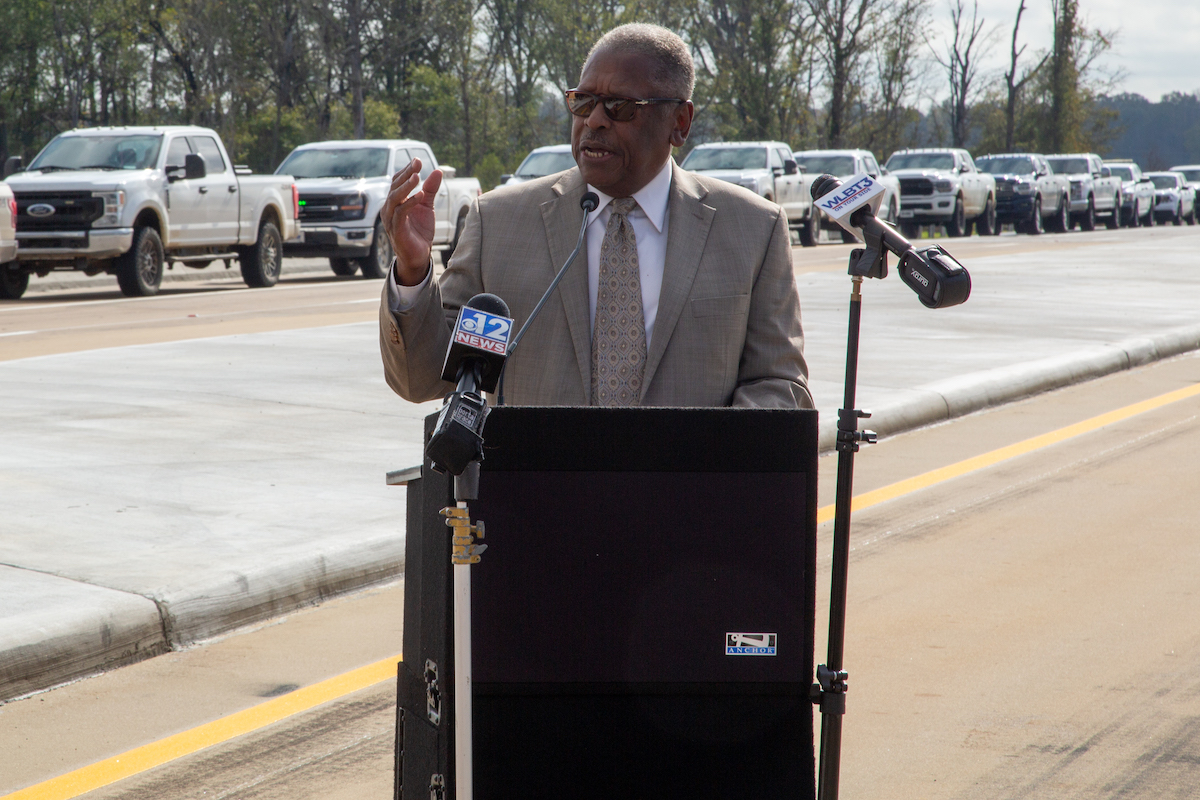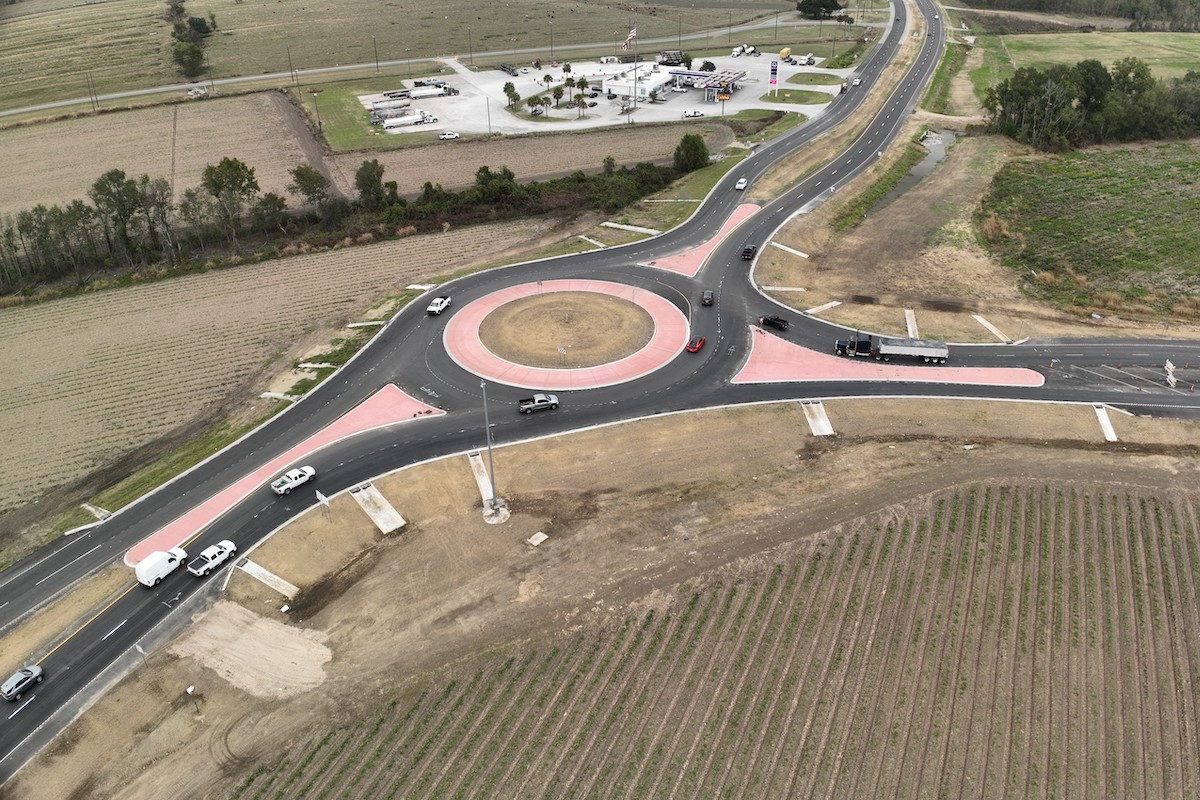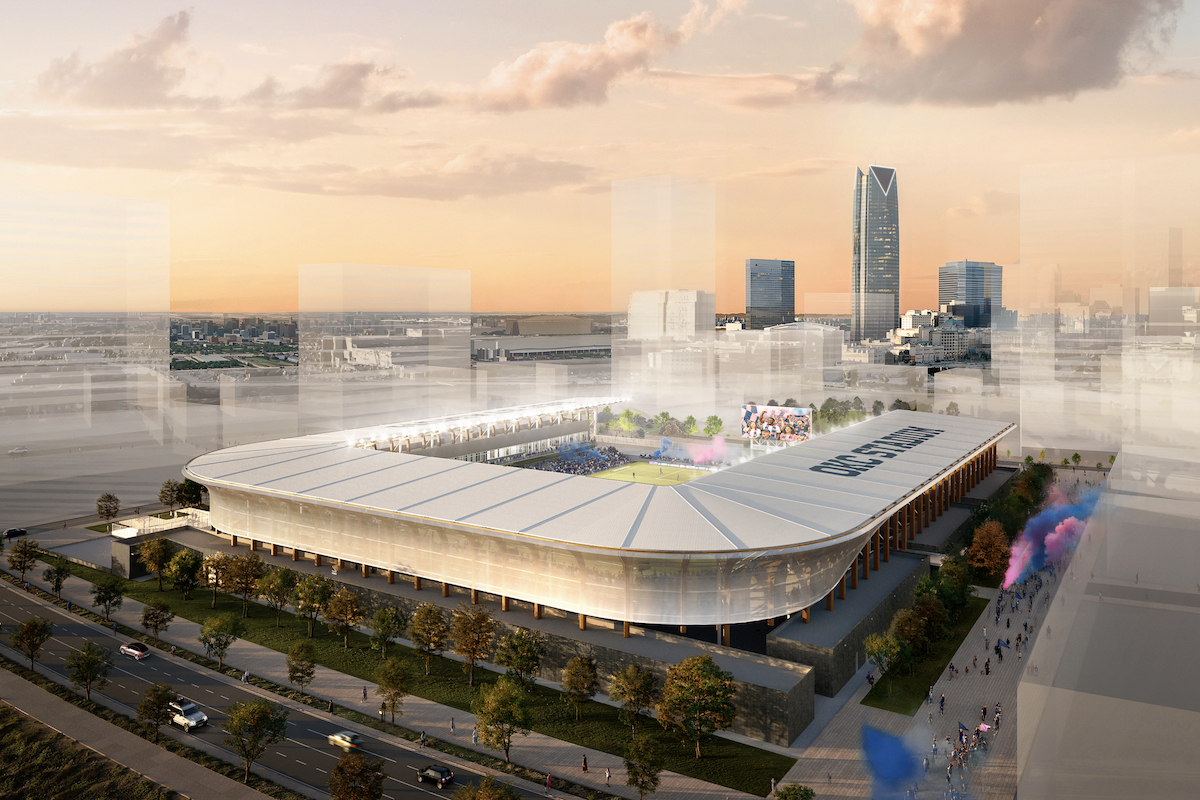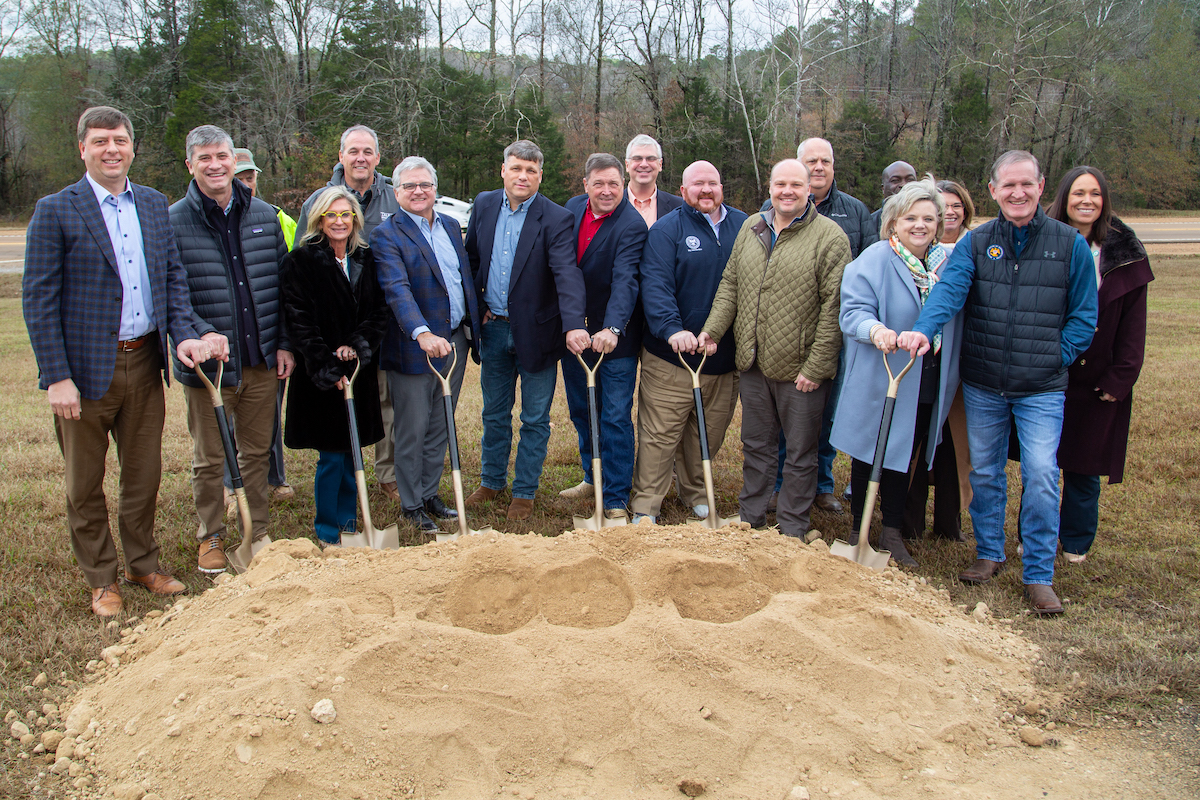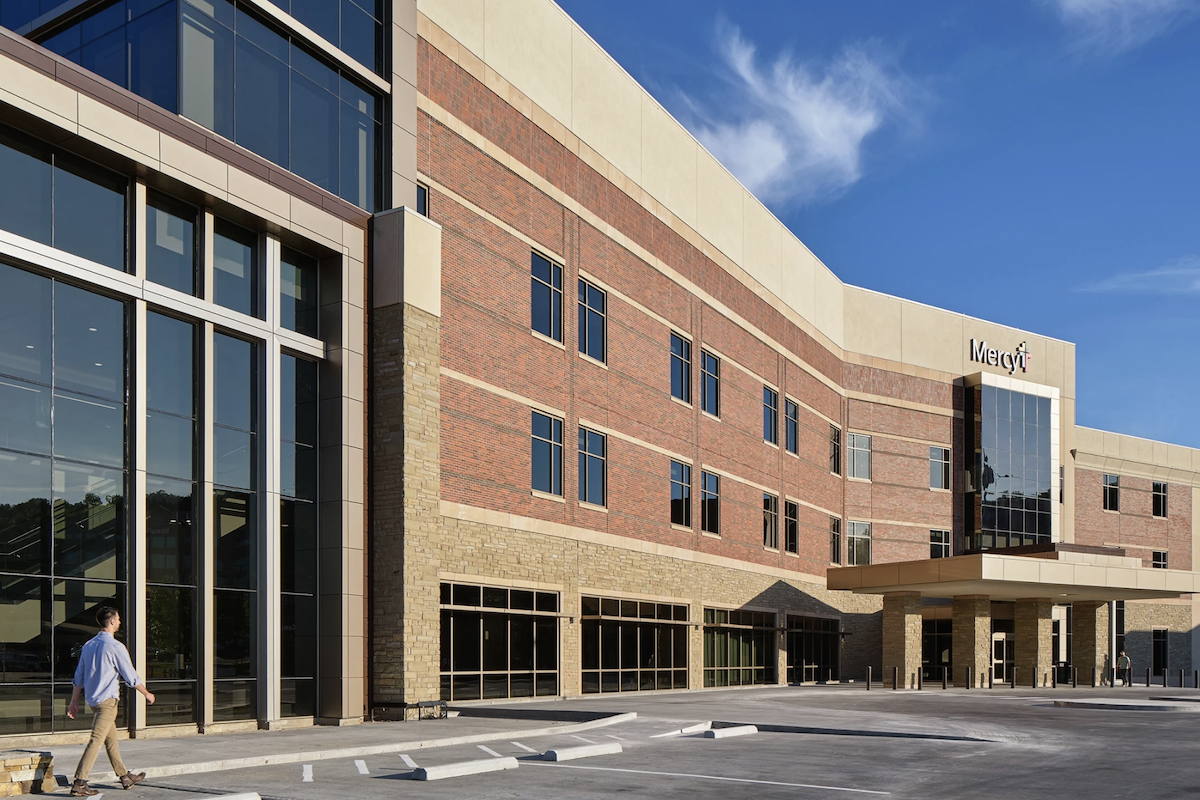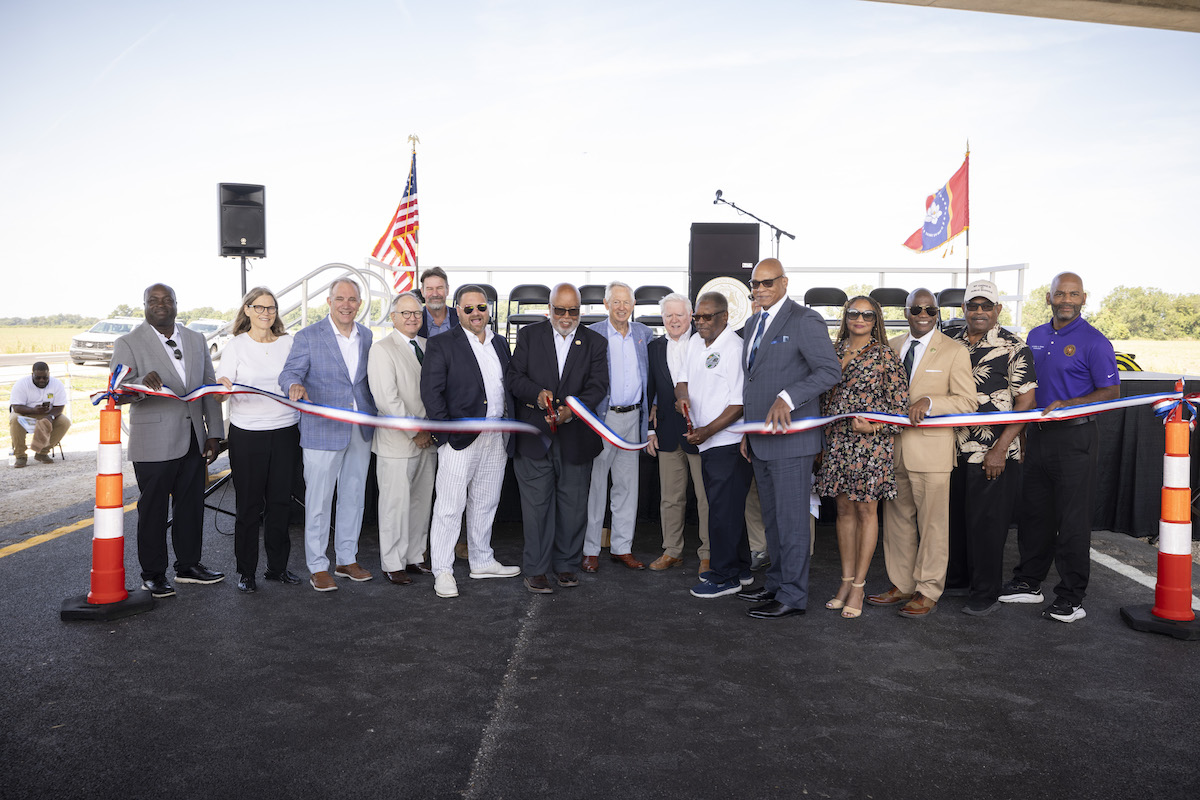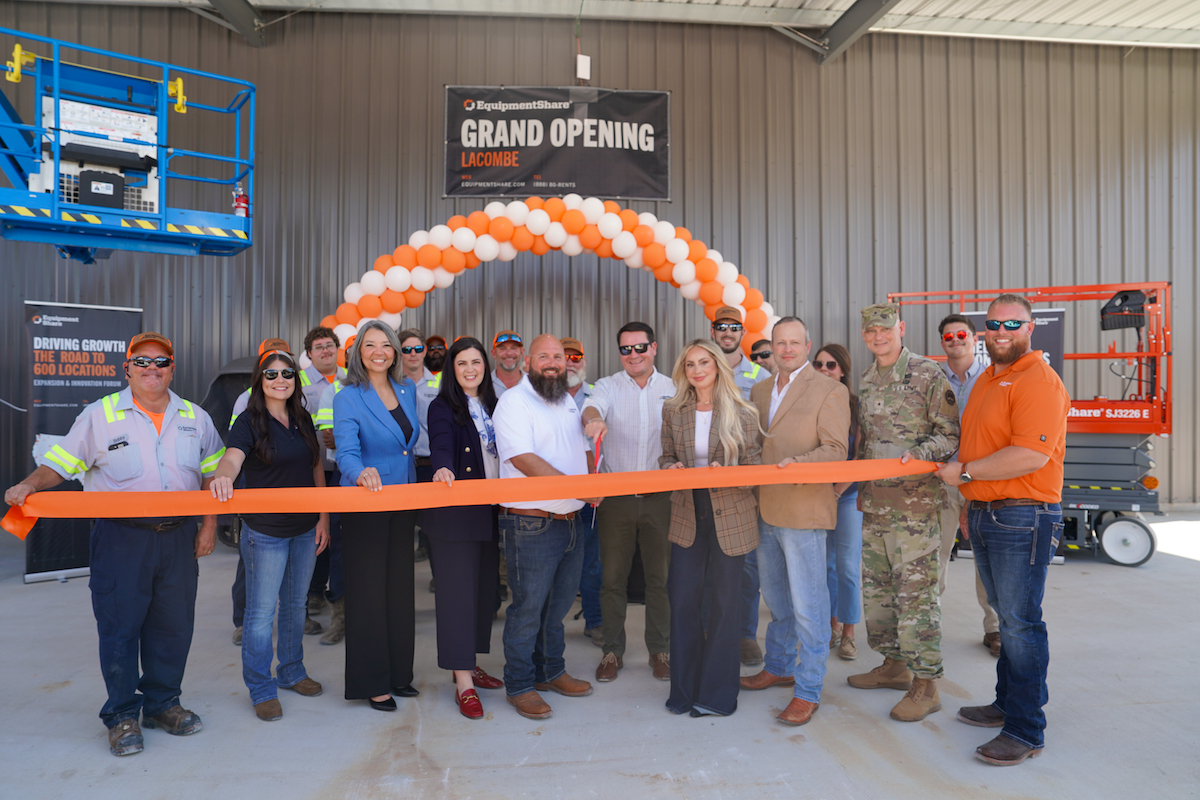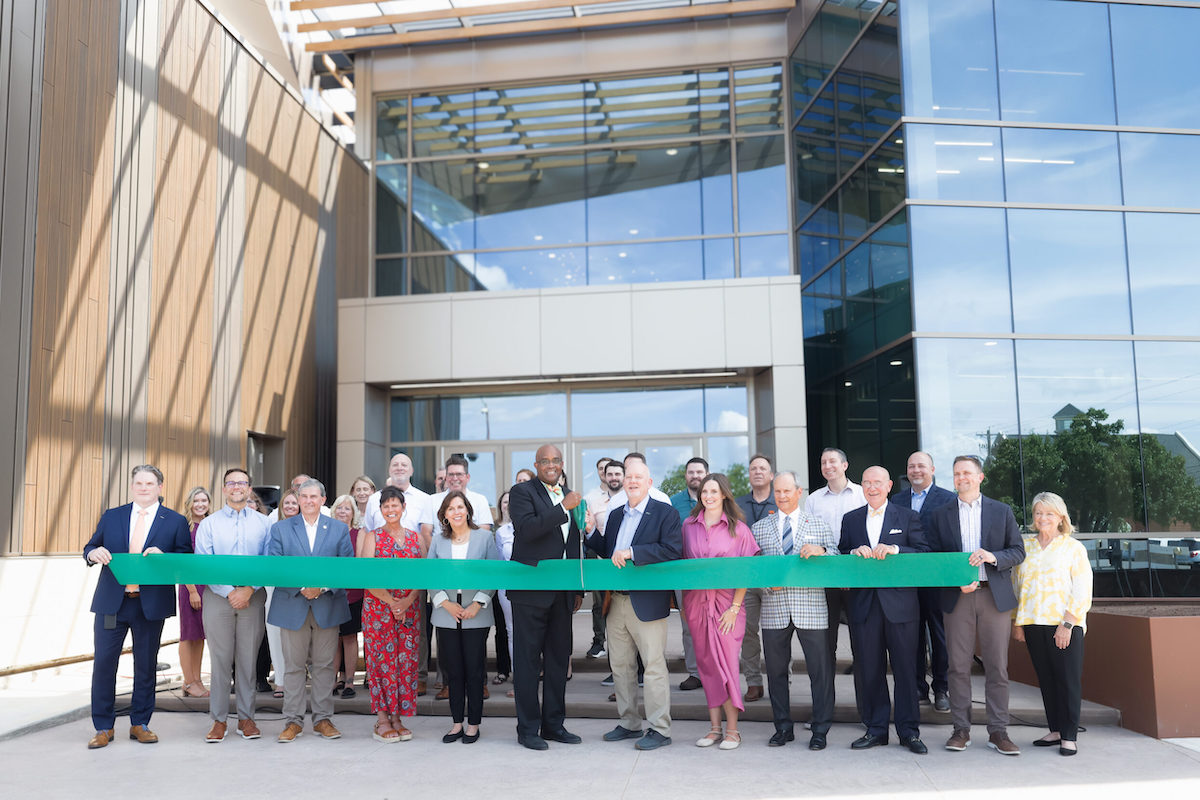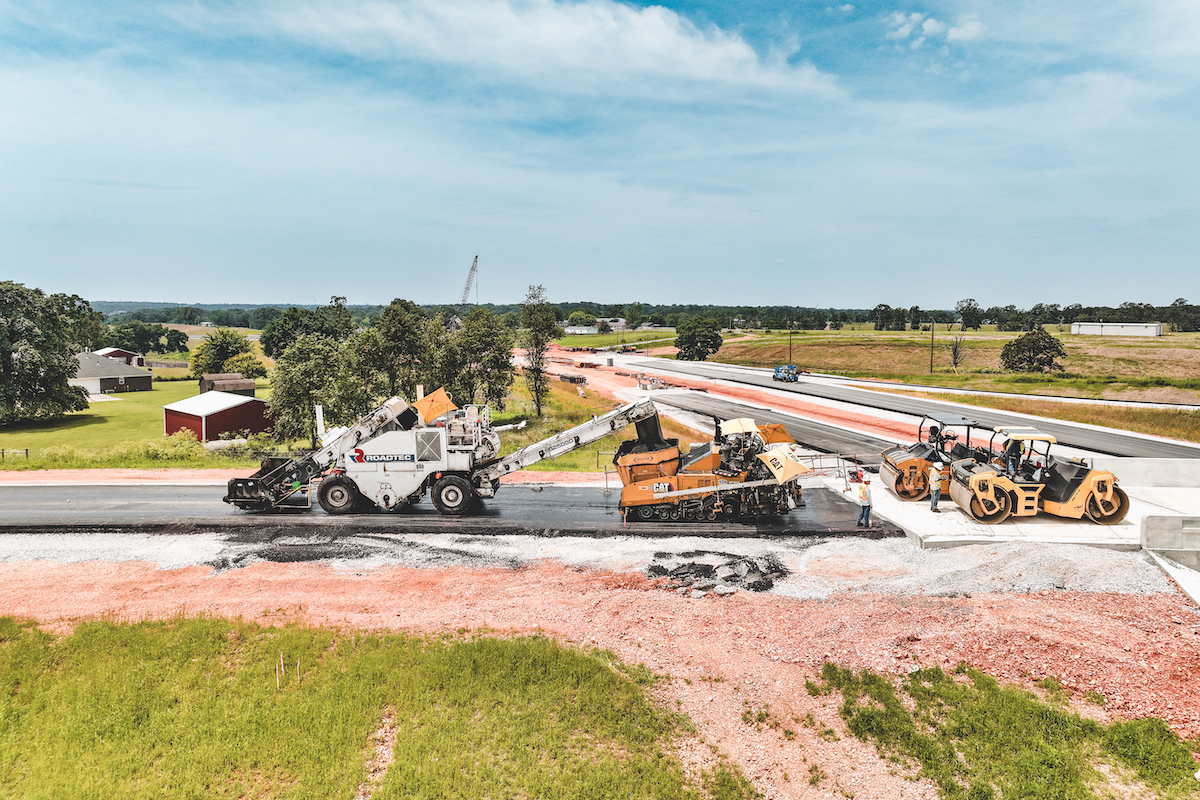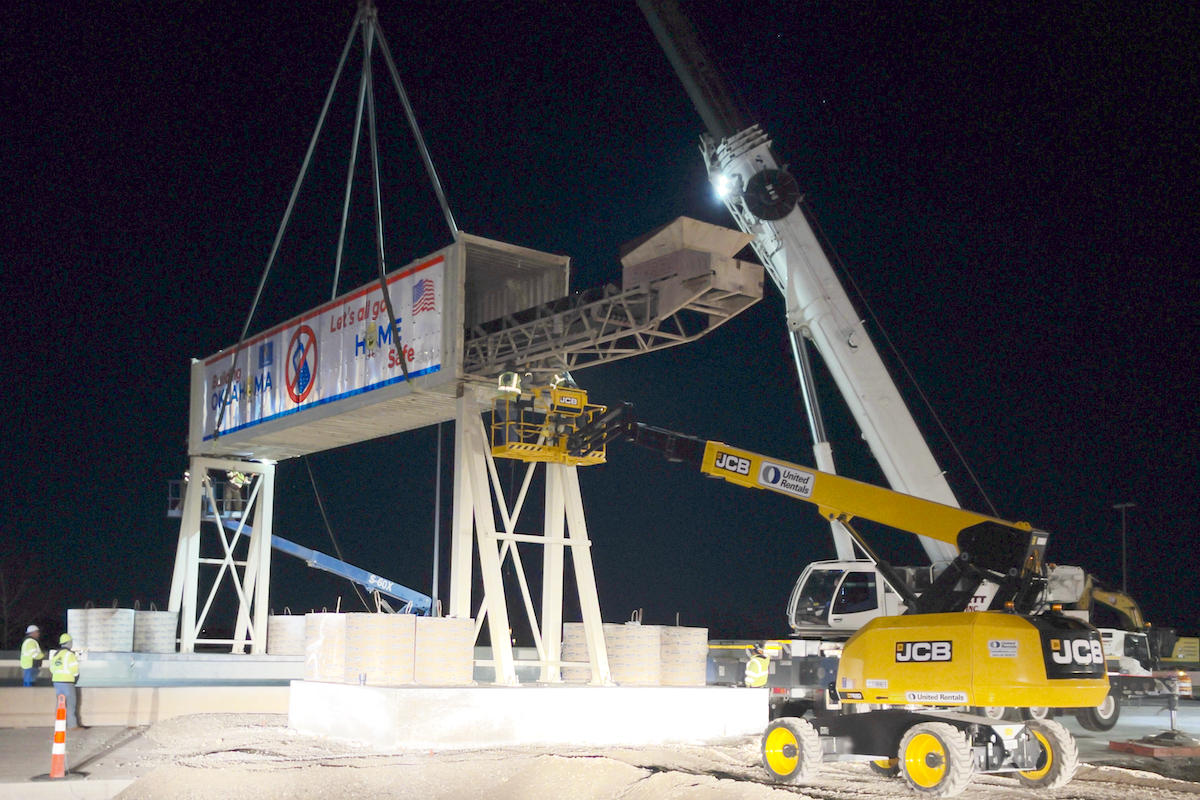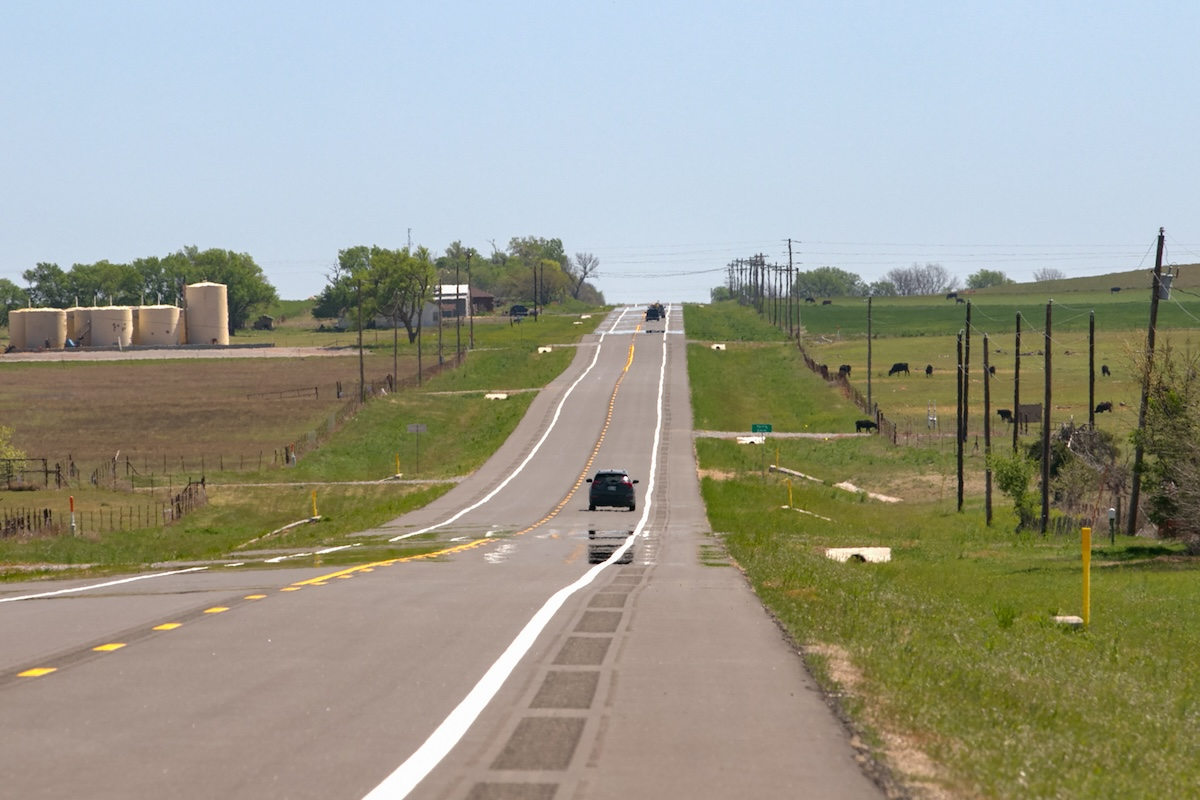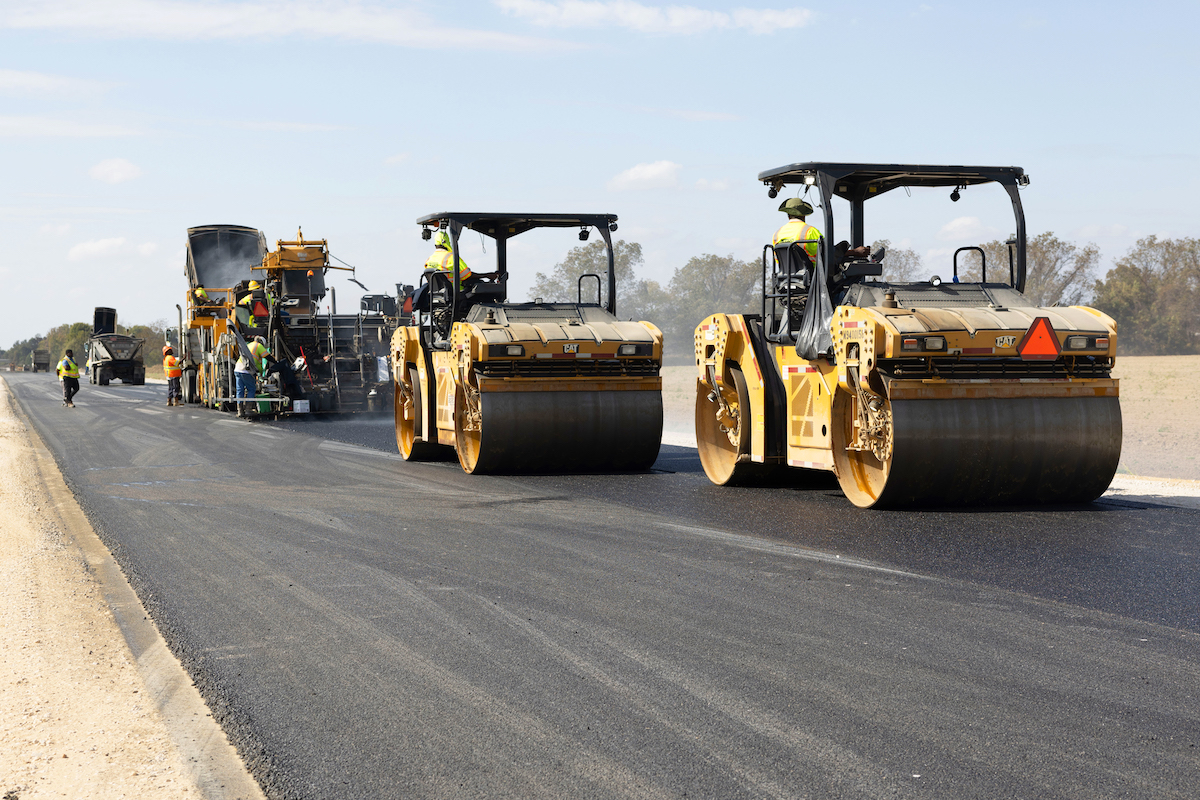From sprawling highway projects to meticulously designed golf courses, job site hydrology — the movement of water — is a critical factor that can significantly impact the success and longevity of any construction endeavor.
Unpredictable weather patterns, with extremes of both drought and deluge, are increasingly posing challenges to construction timelines, budgets, and, ultimately, the functionality and resilience of the built environment. However, a transformative revolution is underway, driven by the power of data and technology to modernize how water is understood, predicted, and managed throughout the construction process.
Historically, drainage on construction sites was often treated as an afterthought, with reactive measures taken to address issues as they arose. This was particularly evident in road construction, where sediment control plans primarily focused on preventing debris and runoff from polluting waterways. But now with technology, contractors are able to manage projects so there is always positive drainage on the project.
This shift from reaction to proactivity is made possible by a data-driven approach that leverages advanced technologies such as drones, aerial surveys, and sophisticated software. High-resolution topographical maps — accurate down to the centimeter level — provide engineers with a detailed understanding of the existing landscape. This data is then fed into powerful modeling software that simulates how water will flow across the site under various conditions, from light rain to torrential downpours.
For road construction, this new paradigm is transformative. Instead of halting work due to rain or struggling with muddy conditions, construction crews can now operate more consistently and efficiently. Contractors are not waiting three days for the job site to dry out or trying to cut a ditch in mud. They’re able to increase workdays substantially and reduce rework caused by drainage issues.

| Your local Hitachi dealer |
|---|
| CLM Equipment Co |
| ASCO Equipment |
This data-driven approach allows engineers to optimize every aspect of road design and construction related to job site hydrology. By understanding the natural drainage patterns of the site, engineers can strategically grade the land to ensure water flows away from the roadway and into designated channels. Culverts and drains can be precisely sized and placed to handle anticipated water volumes, minimizing the risk of flooding and erosion. In areas prone to heavy rainfall, ponds can be incorporated to temporarily store excess water, preventing downstream flooding and protecting nearby properties and infrastructure.
Golf courses, with their meticulously sculpted fairways, greens, and bunkers, present unique challenges when it comes to job site hydrology. However, the same data-driven approach used in road construction can be applied to create courses that are both visually stunning and functionally resilient.
By modeling water flow across the entire property, designers can identify potential drainage issues and take proactive measures to mitigate them. This might involve adjusting the grading of fairways, strategically placing bunkers and water hazards to capture runoff, or creating natural drainage channels that blend seamlessly into the landscape. Understanding how the water flows on the entire property after a large storm ensures the course will have clean greens and that everything will drain efficiently.
The implications of data-driven drainage engineering extend far beyond roads and golf courses. This approach is being applied to a wide range of construction projects, from residential developments to commercial complexes to industrial sites. By understanding and managing water flow, engineers can design projects that are more resilient to flooding, erosion, and other water-related damage. This not only reduces the risk of costly repairs and disruptions but also contributes to a more sustainable built environment.

| Your local Takeuchi Mfg Ltd dealer |
|---|
| Kirby-Smith Machinery |
Moreover, as climate change continues to bring more frequent and intense weather events, the ability to predict and manage water flow is becoming increasingly crucial. Data-driven drainage management is poised to become an indispensable tool for ensuring that our infrastructure can withstand the challenges of a changing climate.
The marriage of data and technology is transforming job site hydrology in the construction industry. By harnessing the power of data, engineers, designers, and builders can create projects that are not only functional and aesthetically pleasing but also resilient, sustainable, and capable of thriving in an uncertain future.
The era of reactive drainage is giving way to a new era of proactive, data-driven hydrology management where the elements are not just tamed but harnessed for the benefit of the built environment and the communities it serves.
Guy Chason brings 40 years of construction expertise to his role as General Manager at SITECH Southeast Texas. He’s dedicated to empowering construction professionals through digital technology education, driving efficiency and effectiveness in the field. He can be reached at GChason@sitech-setx.com.






